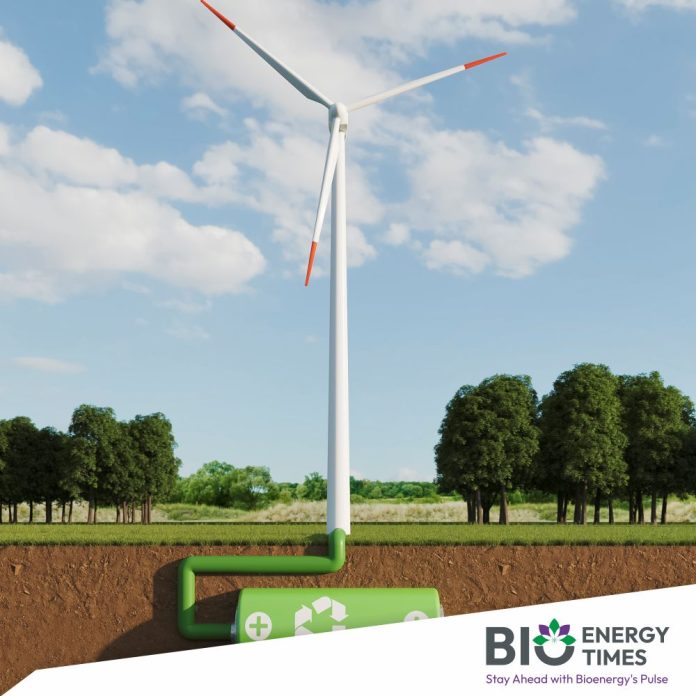Energy storage systems are poised for significant growth across the entire value chain—ranging from cell manufacturing to the components that make up the cells, according to a recent report by SBI Capital Markets. The growth is expected to be fueled by supportive government policies and rising demand for storage solutions.
India is on track to dramatically increase its energy storage capacity, with projections indicating a twelvefold expansion to 60 GW by 2031-32.
“The declining costs of energy storage technologies are a key driver of their wider adoption,” the report stated.
The document also noted that the mismatch between available energy supply and actual demand, especially during peak times, could lead to grid instability. This makes energy storage solutions increasingly essential for maintaining grid reliability.
Battery Energy Storage Systems (BESS) and Pumped Storage Projects (PSP) are expected to play a central role in addressing these challenges, with the report highlighting both as complementary technologies. Together, these two storage methods are anticipated to capture nearly the entire market share.
“BESS will emerge as the dominant technology, benefiting from its locational flexibility, ongoing technological advancements, lower tariffs, improved discharge characteristics, and faster response times,” the report explained.
The SBI Capital Markets analysis delves into how energy storage systems will help navigate the ongoing energy transition.
It also pointed out that batteries and their associated components make up about 80% of the cost of a battery energy storage system.
“At present, battery cells and much of their supply chain are concentrated in China, leaving India vulnerable to supply disruptions, particularly in times of geopolitical uncertainty,” the report noted.
In response to these concerns, the government has recognized the need for domestic manufacturing and has introduced a production-linked incentive program for advanced cell chemistries to encourage indigenization.
While India still relies heavily on fossil fuels to meet its energy needs, renewable sources such as green hydrogen are seen as key to reducing dependency on conventional energy. The focus on green energy, not just for climate mitigation but also for energy security, has gained global momentum.
India aims to achieve 500 GW of non-fossil fuel-based electricity capacity by 2030, with half of the country’s total energy needs expected to come from renewable sources.
To read more about Green Hydrogen Industry News continue reading Bioenergytimes.com
















